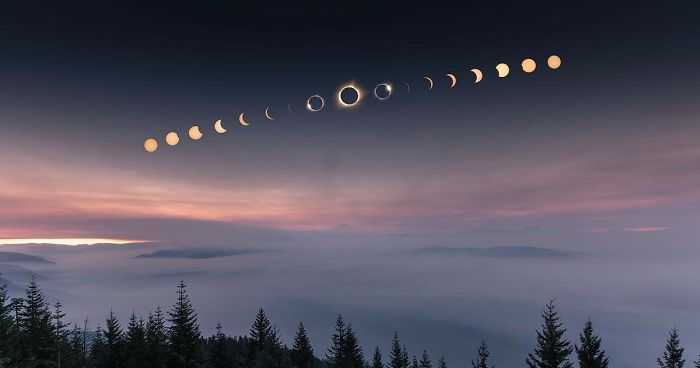We're used to the relaxing sounds of gentle waves hitting the shoreline, but did you know that there are different types of waves?
I'm not talking about big waves like tsunamis, but a natural phenomenon known as square waves.
These waves are called a "cross sea," which forms when waves collide from different angles and form squares in the ocean.
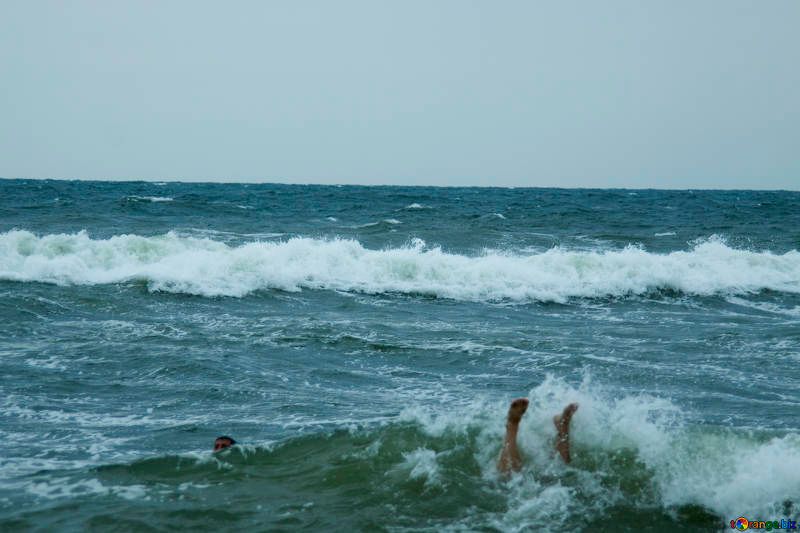
You might have never heard of or even seen waves like this, but they do exist, and they're very dangerous.
The pictures of square waves are enchanting. It almost feels these waves are inspired from a science fiction tale like the Matrix, in which the pieces of the world are about to fall apart.
And by the looks of it, these waves don't look the least bit scary.
In areas where "cross seas" are common, residents would beg to differ.
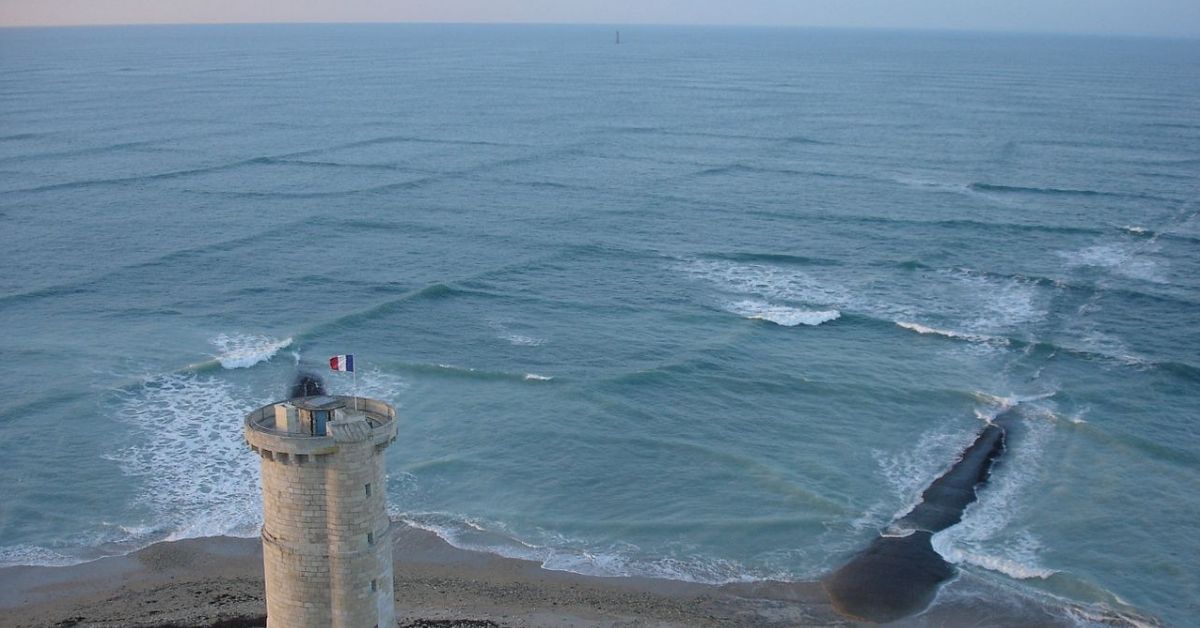
When waves from one weather system continue to move in the same direction, even though there has been a shift in wind, it causes waves made by the new wind to run at an angle, creating a dangerous pattern.
It looks harmless on the surface, but underwater, there are powerful currents that can capsize and throw large ships up in the air.
The reason why is because boats are made to hit currents head on, but if waves are coming from all different angles, there's no escape.
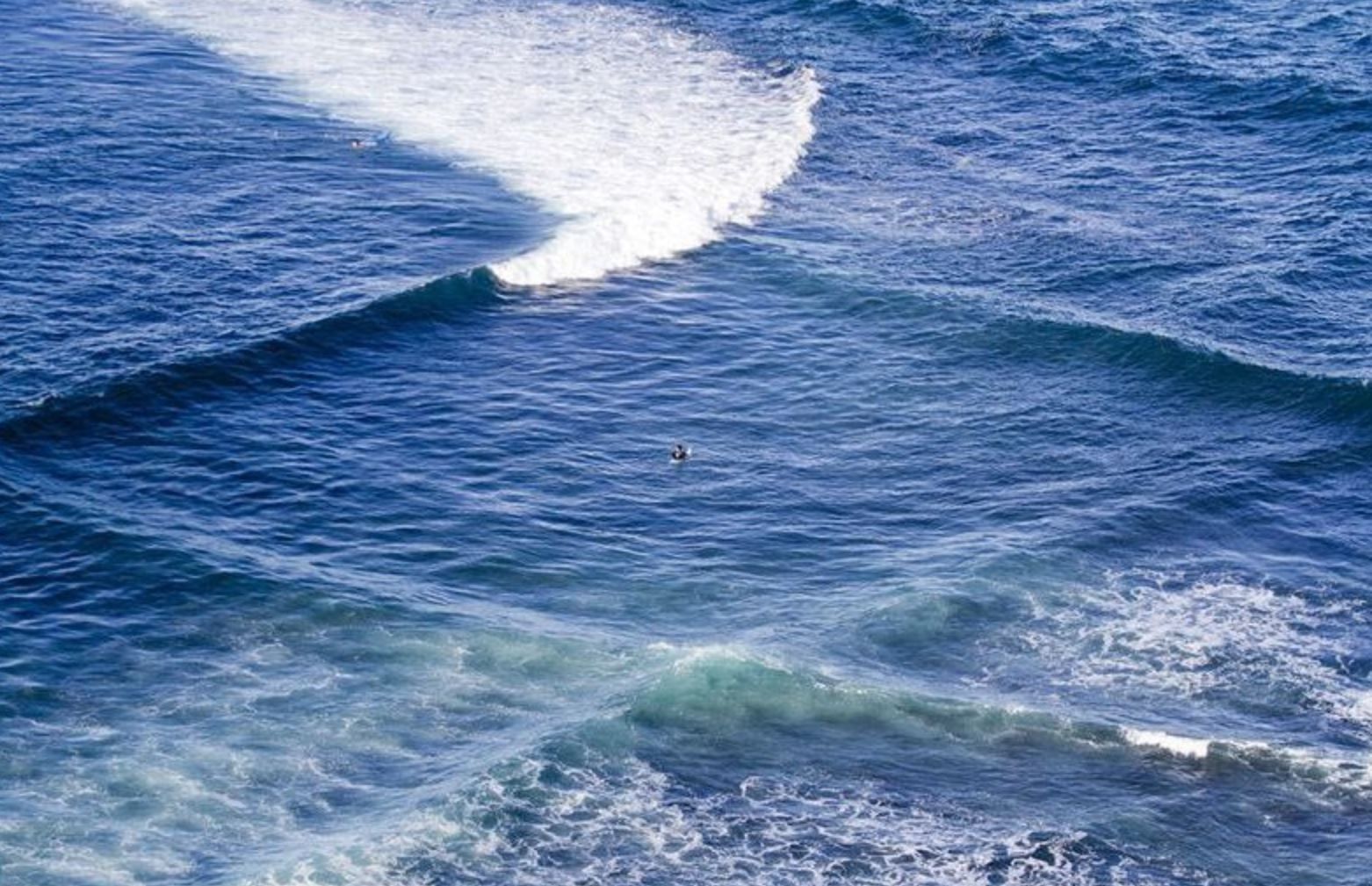
Cross seas also create extremely dangerous riptides, so make sure you're not anywhere close to the water when this natural phenomenon occurs.
Luckily, square waves don't happen often, but it's important to know what they mean and how to stay safe.

Here are four more unusual ocean phenomena:
1. The convergence of the Baltic and North Seas
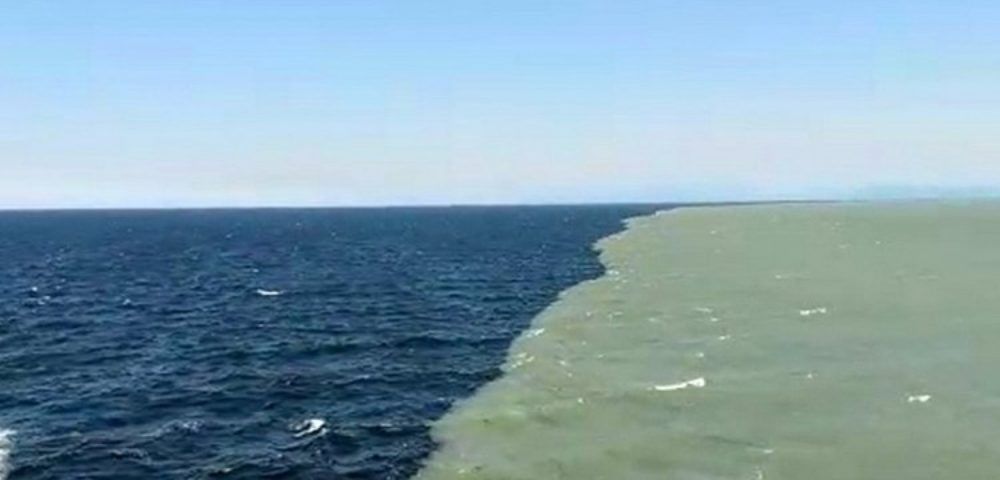
In Denmark, there's a clear line that separates the Baltic and North Seas because these waters never mix together.
The reason is because of the difference in densities in the two seas. Think of it like this: Why doesn't oil and water mix?
2. Red Tide
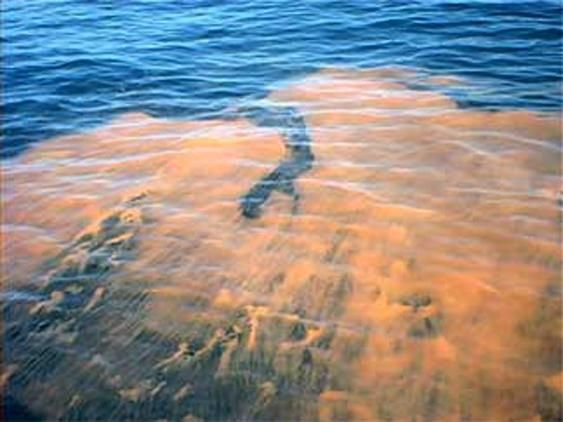
This worldwide phenomenon, also know as algae bloom, is caused by species of algae that create a build up of nutrients that get swept from the sea floor to shore after a massive storm.
Not all red tides are harmful to humans and marine life, but it's best to stay out of these waters just in case.
3. Bioluminescent shores
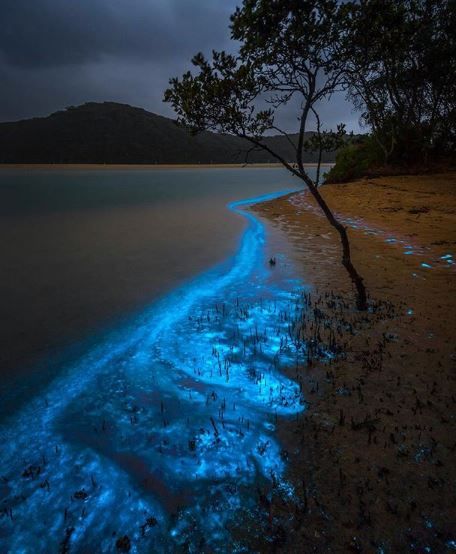
These gorgeous nighttime beaches that can be found on every adventurer's bucket list is caused by bioluminescent plankton in warm coastal waters.
When these plankton are under stress, they make the water glow as a defence mechanism, attracting predators to eat the predator trying to eat them.
4. Underwater crop circles
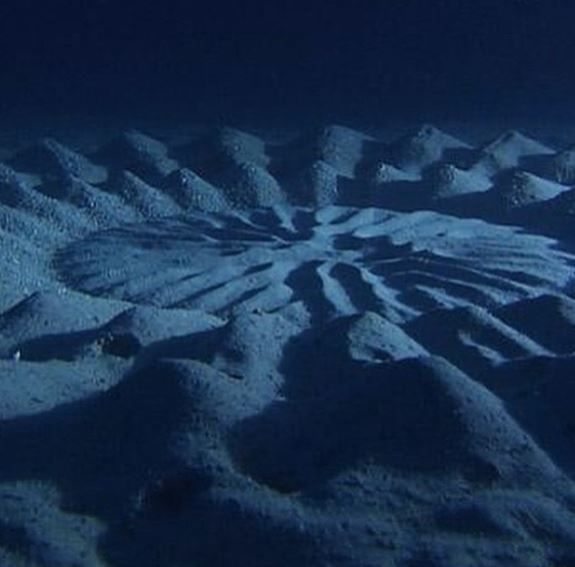
There's a lot of mystery surrounding underwater crop circles after they were found near the waters of a Japanese island.
Some think these intricate underwater sand designs were created by an extraterrestrial being, while others think this is the work of puffer fish.
It's more widely believed that these fish draw these circles and decorate them with shells to attract a mate.
[H/T: Newsner / Marine Insight]
